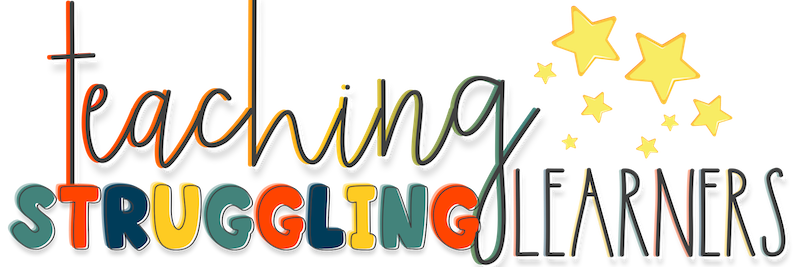
After 11 years of teaching students with special needs in both the general and special education setting, I have learned to fully appreciate the importance of progress monitoring….even if it can be a pain in the neck sometimes.
Progress Monitoring takes many forms depending on the age, grade level, and what the student is learning. The main focus behind it is to find the baseline knowledge of a student and monitor changes in this as students progress through various interventions. Interventions can be as simple as using a color overlay while reading, or practicing vocabulary using flashcards.
When I work with other teachers on progress monitoring, they repeatedly tell me that they don’t know where to begin. My answer is always the same, “Start with the most basic skills with which the student is struggling and work your way up from there!” For example, if a student is struggling with letter identification, start there! Students will just be frustrated if we try to work on sounding out CVC words if they have not yet mastered the identification of all upper and lowercase letters.

One way to think about this is the foundation of a house. If the foundation of the house isn’t well-built the rest of the house cannot stand, similarly if a student’s reading foundations are not strong, they will struggle to read (and write, which is closely linked with reading).
With this in mind, I have begun putting together the items I have used over the years to assess and improve upon the basic skills my students have. I am starting at the most basic phonics level (letter and sound identification) because this is usually where teachers begin to notice a student having difficulty. I think that it is important to note that most students also struggle with phonemic awareness prior to their phonics struggles, though this is usually not caught until students begin to struggle in phonics.
Making progress monitoring fun for students does not have to be a huge struggle. Simple games can be used to practice skills and determine next steps for lessons. The same games can be used to determine progress, which correlates to graphs.
Over the next several weeks, I will be sharing different ideas and resources I have used over the years to progress monitor my students. I will also be sharing some of the feel-good (or hilarious) stories I have experienced along the way, and my own struggles through the world of “data collection”. I have come to love data, and I hope you will too!
To learn more about my love-hate relationship with data, check out: Make Data Your Friend
If you are looking for some easy ways to get started on progress monitoring, check out my FREE data recording sheets: Data Recording Sheets
To keep up with our postings, be sure to subscribe to Everyday Teaching Adventures here:
